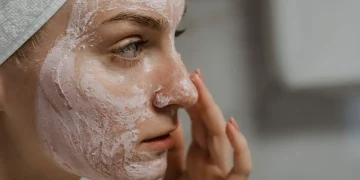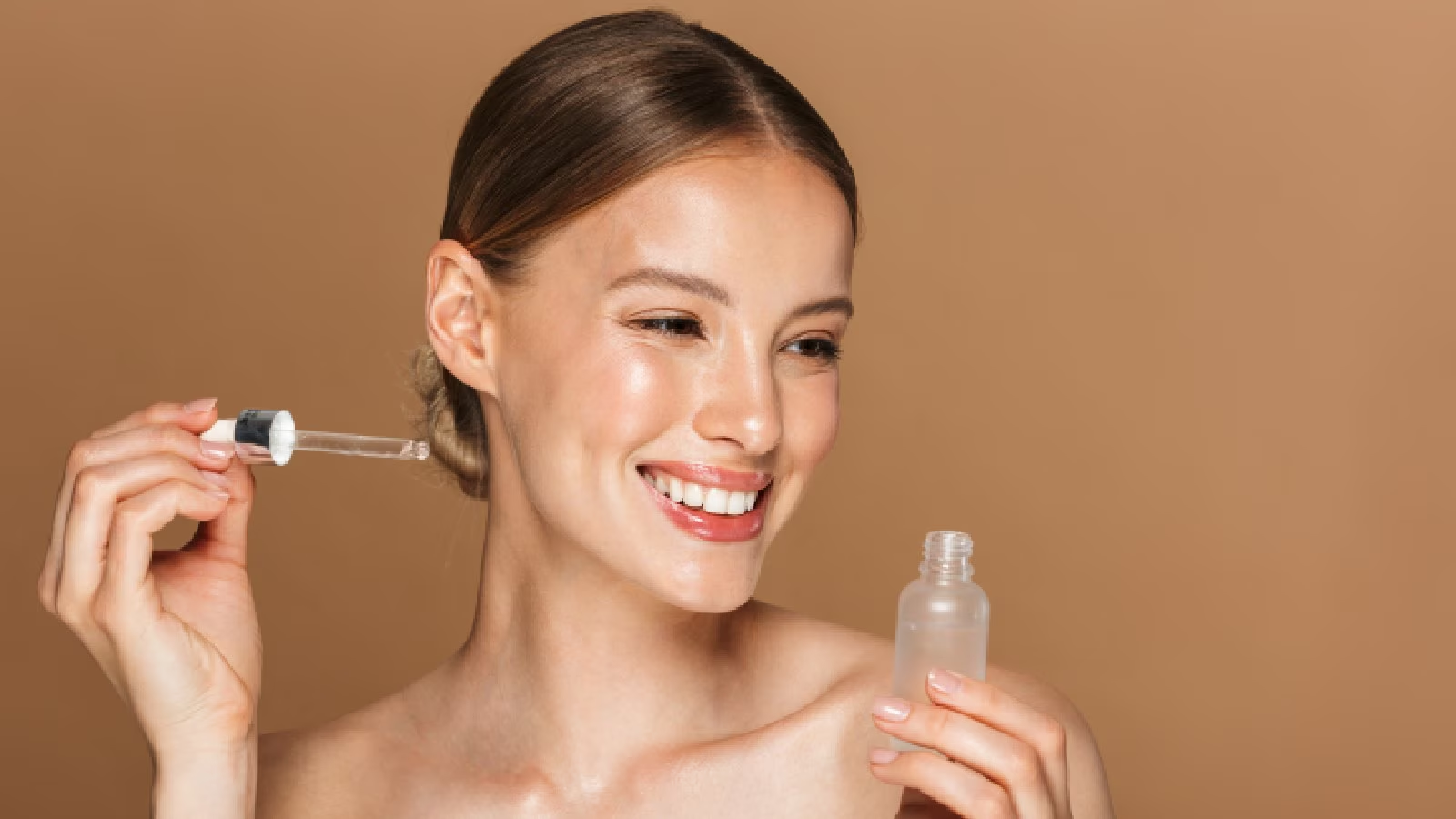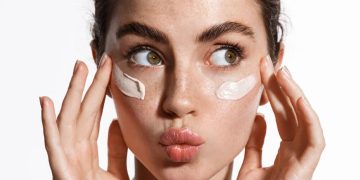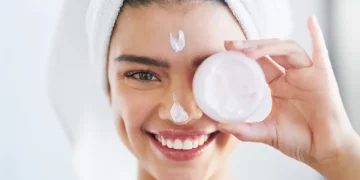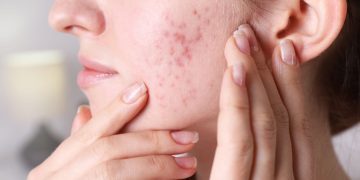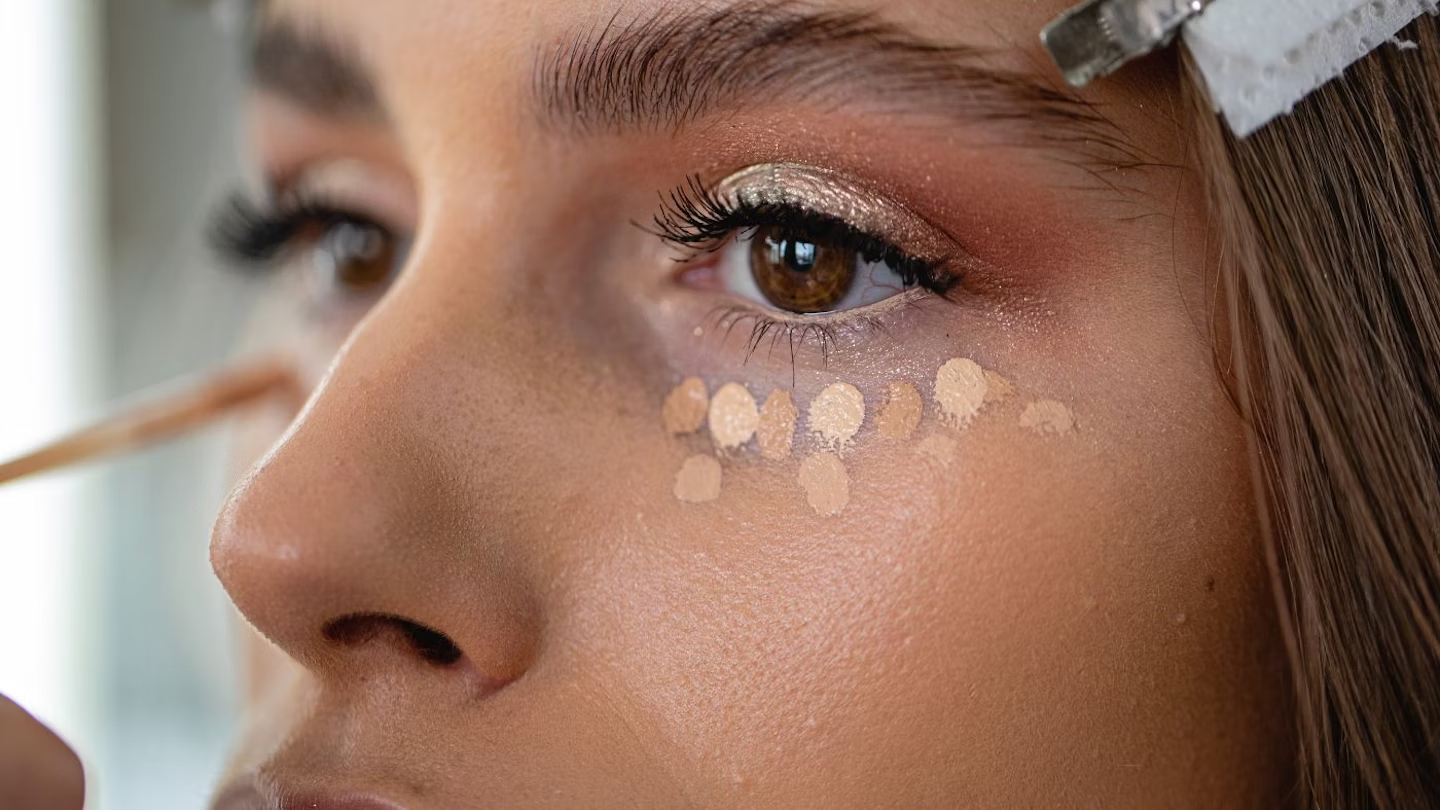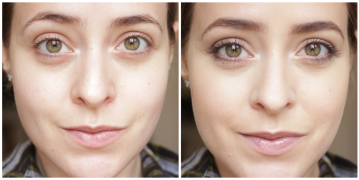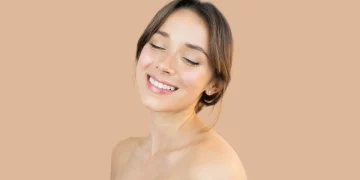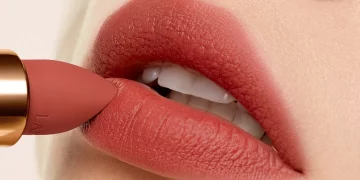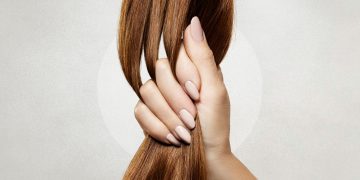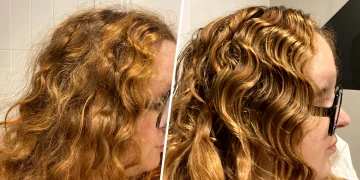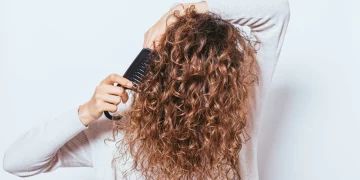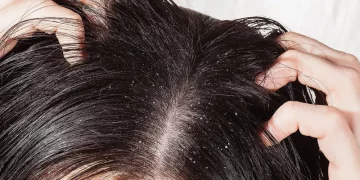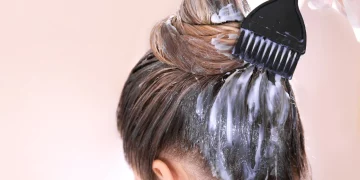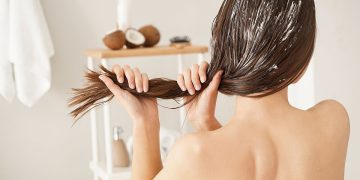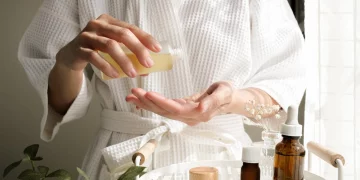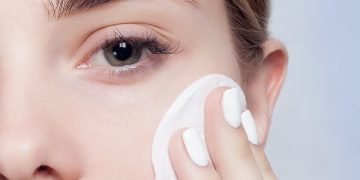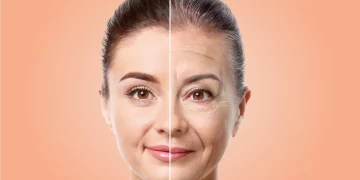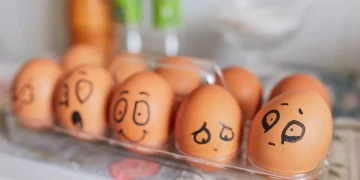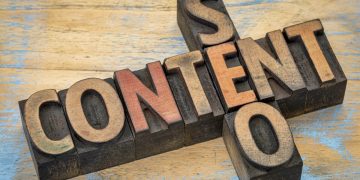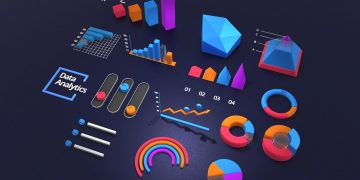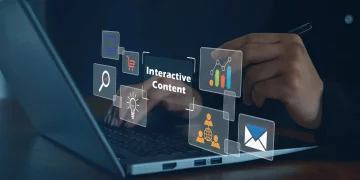Introduction
As we move toward 2025, the beauty and wellness industry is experiencing a profound shift. On one hand, modern technology has revolutionized skincare with groundbreaking innovations such as AI-powered skin diagnostics, non-invasive treatments like laser therapy, and the growing popularity of cosmetic surgeries. On the other hand, traditional practices such as Traditional Chinese Medicine (TCM) continue to hold strong influence, offering time-tested methods that have been passed down through generations.
For centuries, TCM has played a pivotal role in holistic beauty treatments, focusing on the balance of body, mind, and skin. Techniques such as acupuncture, herbal remedies, and gua sha have become staples in natural beauty regimens. But as the beauty industry becomes increasingly tech-driven, one may wonder: can these ancient practices still compete with cutting-edge advancements in skincare? Are modern technologies poised to surpass traditional methods, or is there a way for both to coexist?
In this article, we will explore the relevance of traditional Chinese beauty methods in 2025 and how they stack up against modern scientific innovations. We’ll examine the advantages, limitations, and future potential of both approaches to help us determine whether TCM’s beauty treatments can thrive alongside today’s high-tech solutions.
1. The Rise of Modern Technology in Beauty
a. Breakthroughs in Skincare Technology
The beauty industry has made remarkable strides in recent years, particularly in the areas of skincare technology and cosmetic science. Innovations like AI-driven diagnostics, personalized skincare routines, and at-home beauty devices have transformed the way consumers approach skincare.
- AI-Powered Skin Analysis: One of the most exciting developments in skincare technology is the rise of AI tools that can analyze your skin’s condition and suggest products tailored to your specific needs. These tools, such as those used in smart skincare apps or at dermatologist offices, assess factors like moisture levels, fine lines, and pigmentation, offering a level of personalization that was previously impossible.
- Non-invasive Treatments: Advances in laser therapy, microcurrent facials, and radiofrequency treatments have made it possible to treat common skincare concerns like wrinkles, acne scars, and pigmentation without the need for invasive surgery. These treatments use cutting-edge technology to stimulate collagen production and promote skin rejuvenation.
- At-home Devices: Consumer-friendly devices, such as LED masks, microneedling pens, and ultrasonic facial cleansers, allow users to perform professional-grade treatments at home. These gadgets promise convenience, affordability, and long-term results without the need for frequent salon visits.
b. Customization and Personalization
Another advantage of modern skincare is the trend toward personalized beauty. Advances in genetic testing and biotechnology have made it possible to create skincare products tailored specifically to an individual’s DNA. These products are designed to address genetic predispositions to aging, sensitivity, or acne, offering a level of customization that traditional methods can’t easily replicate.
The ability to use big data and advanced algorithms to create highly targeted skincare regimens is a major draw for consumers who want effective, results-driven products.
2. Traditional Chinese Medicine: A Time-Tested Approach to Beauty
a. The Philosophy Behind TCM and Beauty
Traditional Chinese Medicine (TCM) is grounded in the philosophy of balance and harmony between the body and the environment. Beauty, in TCM, is viewed holistically; it is not just about external appearance, but about achieving internal balance, emotional wellness, and overall health. This concept is encapsulated in the TCM idea of Qi (pronounced “chee”), the life force that flows through the body, and the belief that imbalances in Qi can lead to visible skin issues.
- Herbal Remedies: TCM uses a variety of herbal ingredients to treat skin conditions. Ingredients like ginseng, goji berries, and dong quai are commonly used to improve skin elasticity, reduce pigmentation, and promote a youthful glow. These herbs are often consumed in teas or taken in capsule form.
- Acupuncture: Acupuncture is used in TCM to restore the flow of Qi. By inserting thin needles at specific points on the body, practitioners aim to stimulate circulation and reduce stress, which can have a positive impact on skin health. Acupuncture is believed to boost collagen production, reduce wrinkles, and promote a healthy complexion.
- Gua Sha and Facial Massage: Gua sha, a traditional scraping technique, has gained significant popularity in recent years as a facial treatment. It involves using a smooth-edged tool to scrape the skin, improving blood circulation and lymphatic drainage, which helps reduce puffiness and promote a glowing complexion. Similarly, facial massage techniques in TCM help to alleviate tension and increase blood flow to the skin, giving the face a refreshed and rejuvenated look.
- Diet and Lifestyle: TCM also emphasizes the importance of a balanced diet and healthy lifestyle in maintaining good skin. Foods like green tea, mung beans, and black sesame seeds are believed to nourish the skin from within. Practitioners also recommend proper sleep, stress management, and exercise to enhance overall skin health.
b. Natural, Holistic Approach
One of the primary advantages of TCM is its natural approach to beauty. By focusing on balancing the body’s internal systems, TCM aims to address the root causes of skin problems rather than merely masking the symptoms. TCM treatments are often seen as safer alternatives to chemical-laden skincare products, and many people are drawn to the idea of using natural ingredients to achieve radiant skin.

3. The Competition: Can TCM Compete with Modern Technology?
a. Effectiveness: Side-by-Side Comparison
When comparing TCM and modern beauty technology, the question of effectiveness is a crucial one. Both approaches have their strengths:
- Traditional Chinese Medicine offers a deep, holistic approach to beauty, addressing not only external issues but also internal health. It emphasizes the importance of balance and focuses on long-term maintenance rather than quick fixes. Herbal remedies, acupuncture, and gua sha have been shown to improve skin quality, reduce inflammation, and boost circulation. However, results may take time to show, and the lack of scientific validation for certain treatments can make some consumers skeptical.
- Modern Technology, on the other hand, provides quick and often measurable results. Treatments like laser therapy and microneedling are highly effective in stimulating collagen and rejuvenating the skin. AI-powered diagnostics provide precision, and at-home devices allow for continuous, personalized skincare routines. However, some of these treatments can be expensive and may come with potential side effects if used improperly.
b. Consumer Preferences: Convenience vs. Tradition
Modern beauty enthusiasts often seek convenience and instant results, which is why technologies like AI skincare analysis and at-home beauty gadgets have gained immense popularity. Many consumers are drawn to the ease of incorporating a high-tech beauty device into their daily routine. These technologies promise fast results with minimal effort, which appeals to busy, results-driven individuals.
In contrast, TCM requires a more patient and disciplined approach, with an emphasis on lifestyle changes and long-term self-care practices. For individuals willing to invest time and energy into their wellness, TCM offers a fulfilling and natural route to beauty.
c. Merging Both Approaches: The Future of Beauty in 2025
While TCM and modern technology might seem to be at odds, there is a growing trend of combining both approaches. In 2025, it’s likely that beauty brands and wellness experts will continue to bridge the gap between ancient wisdom and cutting-edge technology. For example:
- Tech-Enhanced TCM: Some beauty brands are now combining traditional remedies with modern technology, offering devices that pair with herbal supplements or gua sha tools designed with modern materials. This fusion brings the best of both worlds, allowing consumers to experience TCM benefits with the added precision and efficiency of modern technology.
- Data-Driven Herbal Supplements: The rise of personalized beauty is extending to TCM. Some companies now offer personalized herbal supplements based on AI analysis of a consumer’s skin and health profile. This blends the wisdom of TCM with the precision of modern technology, offering a unique and tailored approach to beauty.
4. Conclusion: Embracing a Holistic Approach to Beauty
As we approach 2025, the debate between Traditional Chinese Medicine and modern beauty technology is far from over. While modern advancements offer quick, high-tech solutions that cater to today’s fast-paced lifestyle, TCM continues to offer a holistic, natural approach to beauty that resonates with those seeking a more mindful and balanced lifestyle.
In reality, both approaches have something valuable to offer. By combining the scientific precision of modern technology with the natural healing principles of TCM, consumers can enjoy the benefits of both worlds. As the beauty industry evolves, it seems likely that the future of skincare will not be about choosing one over the other, but rather about integrating the best of both traditions into a well-rounded, personalized beauty routine that meets the demands of the modern consumer.
The beauty of the future lies in the balance of science and nature, where ancient wisdom and cutting-edge technology complement each other to create the ultimate solution for glowing, youthful skin.

